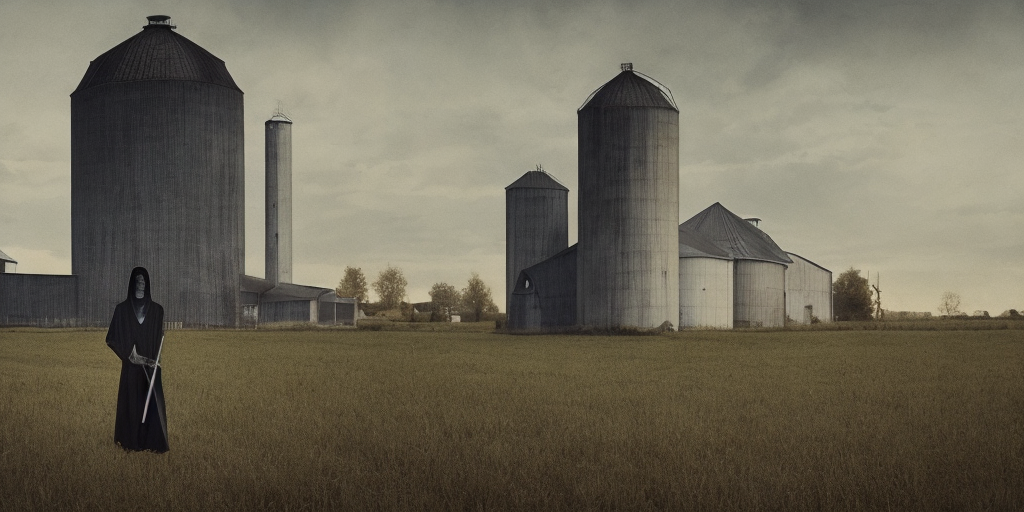Prototyping is a simple (not easy) catalyst for transformative change in UX

I recently stumbled across a 2008 article from David Verba, “Sketching in code: the magic of prototyping.” In this article he shares the benefits that prototyping brought to his projects. “With prototypes” he wrote, “the focus is always on the application and making it better, and it’s much easier to stay focused on value to the end user.”
David was far ahead of his time.
He pointed me to a 2021 article by Jesse James Garrett, “UX design is more successful than ever, but its leaders are losing hope.” Jesse asks how we got to a point where “product design practices have become increasingly less insight-driven.” UX practices, he explains, “didn’t fit a development process that… has no space for foundational work that can’t be predictably packaged up into two-week units.”
I have been thinking about these two articles. The problems they describe are remarkably unchanged: Product and engineering silos; communication between them hampered by different languages and pacing; and business demands that leave out discovery. On the subject of that last problem, Suzanne Labarre recently wrote “Why corporate America broke up with design.” She points out that the same business requirements and processes that leave discovery out often produce value. At least, often enough to make a business case.
We have been artificially fragmenting processes like discovery and research into their own (conveniently expendable) silos for a long time.
It is a low tide moment for UX. Of course the tide always returns and companies will again “discover” how important research and design are. But will our boats be ready to rise? Or will we repeat the same mistakes?
We have been artificially fragmenting processes like discovery and research into their own (conveniently expendable) silos for a long time. These are known issues. Tanya Snook famously wrote about UX theater in 2018, pointing out processes where “[m]ore effort is spent on briefings that tell a user-centered story than on researching user needs and producing user-centered results.” A McKinsey report on the business value of design found four areas of critical value, three of them related to breaking down silos and focusing on the user: cross-functional teams working together on user-centric solutions, continuous testing with end-users, and focusing on a holistic user experience across products and spaces. But despite these neon signposts, our processes remain stubbornly fragmented.
Just as the problems are not new, we keep stumbling on to the same solutions too:
- As mentioned, David Verba wrote in 2008 about how prototypes increase collaboration, manage costs, and improve user experience. He was ahead of his time then, and unfortunately still is at the close of 2022.
- Even earlier, in 2007, Desiree Sy wrote the paper “Adapting Usability Investigations for Agile User Centered Design.” Her paper birthed dual-track agile, a process which better aligns product and engineering in an interative build.
- Nelson Taruc recently pointed me in the direction of 2019’s Shape Up by Ryan Singer. Ryan uses sketching and other lean processes to systematically break down silos all the way up to engineering handoff. (He is a fan of prototyping too.)
- In his “Insanely Inevitable” talk from 2019, Adam Brock covers the long, slow road to breaking product and engineering out of their silos and working more collaboratively. “Our traditional design tools and workflows have run out of track,” he pointed out back then. Though it seems we’re still not quite ready to move on.
- Aarron Walter, author of Designing for Emotion, in a recent interview encouraged designers and developers to use UX as the glue between disciplines. “The most dysfunctional relationship between designers and developers” he says, “happens when there is a distinct division of labor.”
- Following my own design path I arrived at this party too. With No Handoff, I use prototypes to center the user experience and help product and engineering speak a shared language.
The tech has changed since David wrote his article, but the essential need to collaborate has not. We’re all looking for the same thing: to work and learn as a team, and build meaningful applications for real people. Functional prototyping offers a simple (not easy) catalyst for changing the way we work:
- Prototypes focus everyone on the user’s experience from an early stage.
- It allows interdisciplinary teams to produce a shared deliverable on a regular basis.
- And all in the true universal language of the web: an application.
UX is experiencing a low tide moment, leaving a lot of folks stranded: huge layoffs, while others are still struggling to get their foot in the door. Many are just feeling fed up with a lack of meaning in UX work. What we do as an industry when the tide returns is up to us. We’ve been here before; are we ready to leave our silos behind this time? I think prototyping will be an important part of a new path for UX.